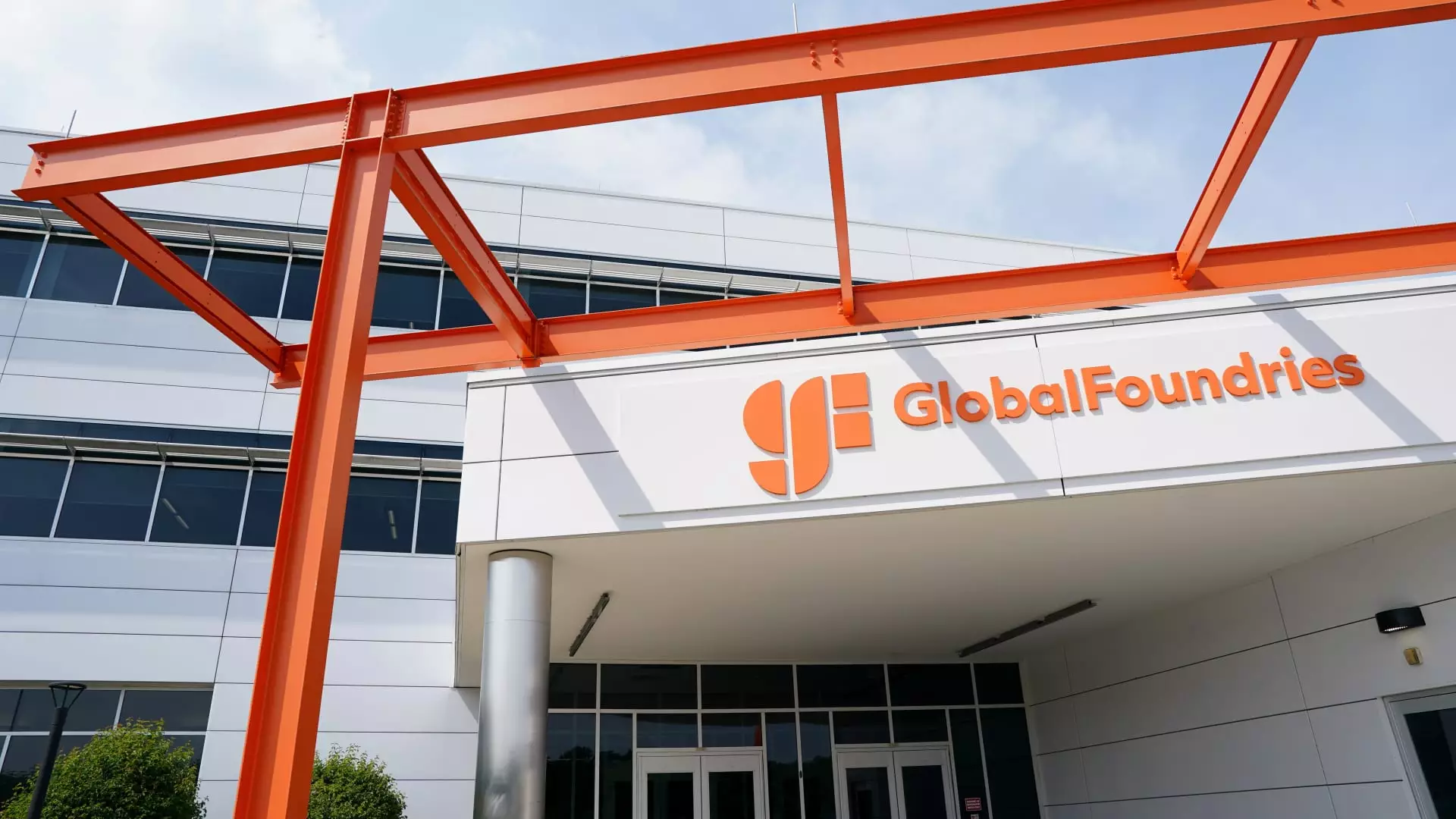The potential merger between GlobalFoundries, a prominent U.S. semiconductor manufacturer, and Taiwan’s United Microelectronics Corporation (UMC) could represent a seismic shift in the semiconductor industry, especially under the growing concerns surrounding U.S.-China relations. As tensions mount, this union may serve as a strategic bulwark, ensuring that the United States maintains its foothold in semiconductor manufacturing. After all, the ongoing geopolitical rivalry has implications that stretch far beyond trade; it influences national security and technology sovereignty. By creating a company with manufacturing capabilities across diverse regions, the new entity could more nimbly navigate these turbulent waters, proving that the U.S. isn’t reliant solely on one geographical area for vital technology.
Investment and Innovation: A New Era
In light of the merger talks, there’s optimism surrounding increased funding for research and development. The joint initiative could siphon off some of the massive $100 billion investment announced by Taiwan Semiconductor Manufacturing Company aimed at boosting its U.S. operations. A well-resourced GlobalFoundries-UMC hybrid could drive innovation, particularly in mature chips which are essential for various industries yet often overlooked in the tech race toward cutting-edge technologies. In a world obsessed with AI and quantum computing, it is easy to forget that reliable mature chips are the backbone of many essential consumer electronics. Hence, a commitment to R&D could reset industry standards, pushing for improved efficiency while also creating jobs and revitalizing local economies.
The Financial Dynamics at Play
Interestingly, market reactions to the rumor of the merger have been mixed. While UMC’s shares soared by 13%, GlobalFoundries experienced a 1% decline. This disparity speaks volumes about investor sentiment; it suggests a level of skepticism regarding the durability and potential success of such a union. Though on the surface, merging could yield synergies, navigating the complexities of two distinct corporate cultures and operational frameworks will pose a significant challenge. Moreover, the costs associated with the merger, especially given UMC’s previous decision to abandon U.S. production facilities due to financial burdens, raises questions regarding fiscal feasibility. Is this merger a prudent investment or a gamble that could lead to financial strain—especially in an economic climate rife with uncertainty?
Challenging Taiwan Semiconductor’s Dominance
The enduring influence of Taiwan Semiconductor Manufacturing Company cannot be overstated. With its vast investments in U.S. soil, TSMC seems poised to maintain its edge. However, if the merger between GlobalFoundries and UMC is realized, the combined forces could serve as a formidable alternative. A united front could potentially challenge TSMC’s monopoly, stimulating competition that is vital for keeping prices in check and driving innovation. The ability to present a viable option is crucial; it not only creates market stability but also empowers consumers and businesses alike.
This merger conversation represents more than a transactional business move; it reflects the turbulent waters of global politics, economic realities, and technological advancements. The decision that lies ahead could either anchor the U.S. semiconductor industry as a self-reliant entity or further embed it within the complexities of international dependencies. In a world increasingly dominated by technology, there is no neutrality—consequences will reverberate throughout both the political and economic landscapes for years to come.

